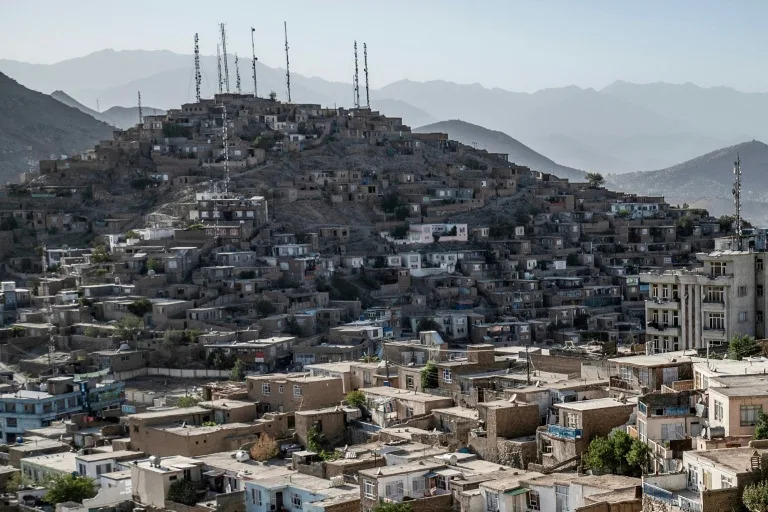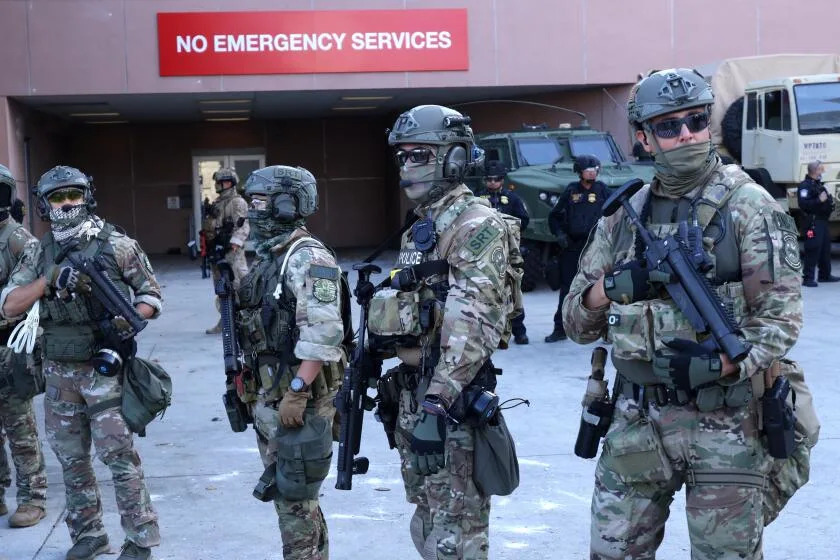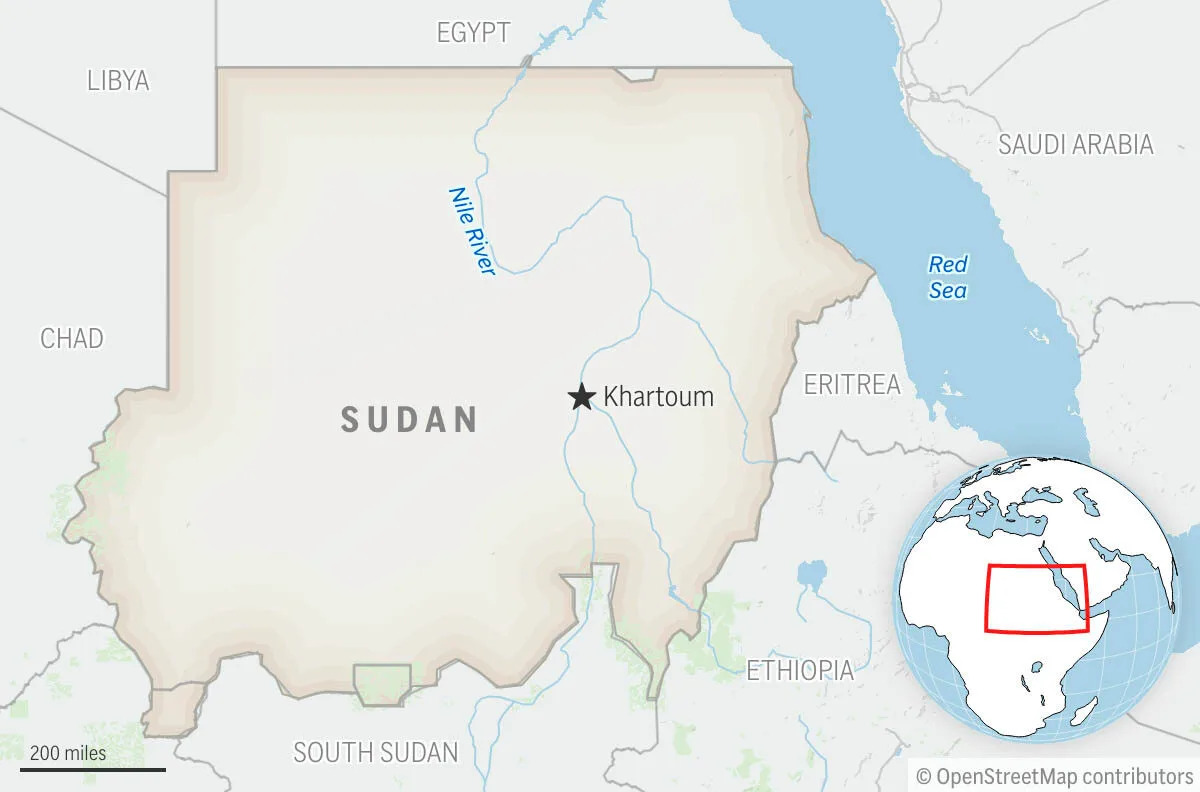BHATWADI, India (Reuters) -Indian rescuers used helicopters on Thursday to pluck to safety people stranded by flood waters in the Himalayan state of Uttarakhand two days after a sudden inundation and landslide killed four people, while more than a dozen were still missing.
With roads cleared as rain eased, rescue teams arrived in Dharali, where Tuesday's wall of water had submerged in sludge homes and cars in the village on the way to the Hindu pilgrim town of Gangotri.
Helicopters were carrying to safety those who had been stranded, the state's chief minister, Pushkar Singh Dhami, said in a post on X, adding, "The heli-rescue operation ... started in the affected areas this morning."
Authorities said about 400 people stuck in Gangotri were being rescued by air, with nine army personnel and seven civilians among the missing.
But communication links with rescuers and residents remain disrupted, as mobile telephone and electricity towers swept away by the floods have yet to be replaced, officials said.
"We were stuck in the slush for about 20 minutes and were then rescued by the Indian army," said Amardeep Singh, an army contractor on a rescue mission when his team was hit by another flash flood in Harsil, the site of an army camp.
Earlier, army rescuers used their hands, as well as machinery, to shift boulders from roads turned into muddy, gushing rivers, visuals showed. More than 225 army personnel were drafted into the rescue, its Northern Command said on X.
"We saw Dharali falling before our eyes," said Anamika Mehra, a pilgrim headed for Gangotri when the flooding hit.
The hamlet of about 200 people in the state's Uttarkashi district stands more than 1,150 m (3,775 ft) above sea level on the climb to the temple town.
"We were very scared, but the locals helped us and the army reached the next day to rescue us," Mehra told news agency ANI.
Uttarakhand is prone to floods and landslides, which some experts blame on climate change.
In 2021, a flash flood swept away two hydroelectric projects to send water, rocks and debris into a valley, killing more than 200 in an event scientists said could have been unleashed by a large avalanche of glacier ice.
(Reporting by Saurabh Sharma; Writing by Shilpa Jamkhandikar; Editing by Clarence Fernandez)






Comments